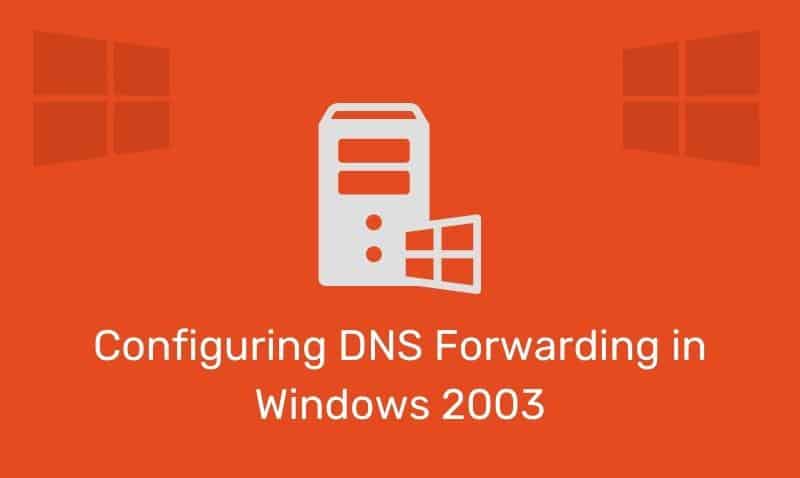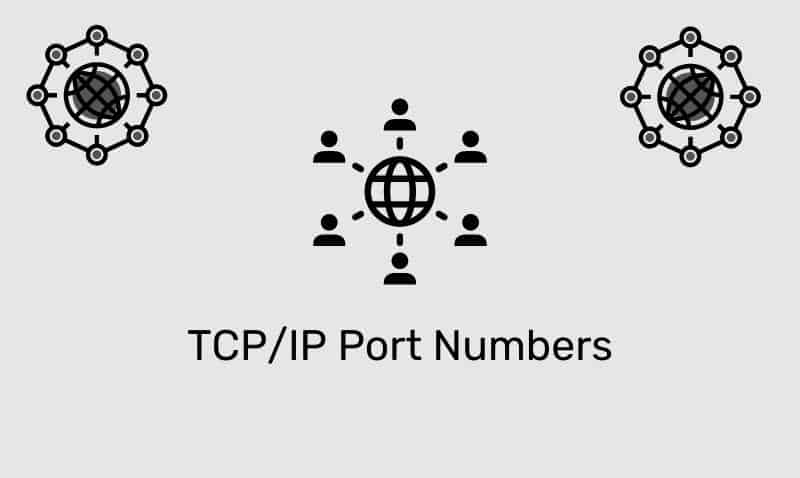DHCP is one of the networking services that can be very easily deployed in a fault-tolerant manner. Split-scopes are intended for scenarios where you need a highly available DHCP solution when servicing one or more subnets, but you don’t want to deploy a complex DHCP cluster design. Clustering requires a shared storage solution which is usually quite expensive. In addition, in my opinion, adds an unneeded layer of complexity.
In most cases, you would only need to implement two stand-alone DHCP servers when using split-scopes. Each DHCP server can handle hundreds of scopes. With a split-scope configuration, if one server becomes unavailable, the other server will continue to lease new and renew existing IP addresses from new and/or existing clients. While the two DHCP servers do not share any DHCP database information, splitting DHCP scopes in this manner helps balance server loads.
The most common design for splitting scopes is the 50/50 model. That is, one server will issue IPs from half of an IP range, while the other server will issue IPs from the other half of the range. What you will find in most Microsoft documentation online is to use the 80/20 model. This model is more appropriate when deploying one DHCP server at a remote office with limited bandwidth while deploying the other DHCP server at the main office.
Now that bandwidth is not as much an issue as it was ten years ago, it is common to deploy both DHCP servers at the central office or deploy each DHCP server at a primary data center. DHCP traffic is relatively small and does not use much bandwidth, especially when you compare it to streaming video and other dominating traffic you see on networks today.
When splitting a scope between two DHCP servers, start by creating the same scope for both servers. The IP range you will create will be identical on both systems.
For example, if you needed to create a DHCP scope for the 192.168.1.x/24 subnet, you would create an IP Pool with a starting address of 192.168.1.1 and an ending address of 192.168.1.254 on each DHCP server (ServerA & ServerB). Next, let’s assume that you require to set aside a range of 54 IPs for static assignment.
On ServerB, create an exclusion of 192.168.1.201 – 192.168.1.254. That will leave you with an available pool of 200 IPs that your clients can use. The next step is to exclude portions of this pool of IPs so that you do not have overlap on both servers. On ServerA, create an exclusion of 192.168.1.101 – 192.168.1.254. Then, on ServerB, create an exclusion of 192.168.1.1 – 192.168.1.100.
This approach will provide you with the following configuration:
| DHCP | ServerA |
| Scope | 192.168.1.1 – 192.168.1.254 |
| Excluded IPs | 192.168.1.101 – 192.168.1.254 |
| Available Pool | 192.168.1.1 – 192.168.1.100 |
| Available IPs | 100 |
| DHCP | ServerB |
| Scope | 192.168.1.1 – 192.168.1.254 |
| Excluded IPs | 192.168.1.1 – 192.168.1.100 |
| Excluded IPs | 192.168.1.201 – 192.168.1.254 |
| Available Pool | 192.168.1.101 – 192.168.1.200 |
| Available IPs | 100 |
Note: You also need to make identical reservations at both DHCP servers, so that either server can assign the reserved IP address, ensuring that the intended device receives the address that is reserved for its use. This is because you will not be able to force a DHCP client to use a specific DHCP server.











